Dan Gurney: How an Opera Singer’s Son Changed the Face of Auto Racing
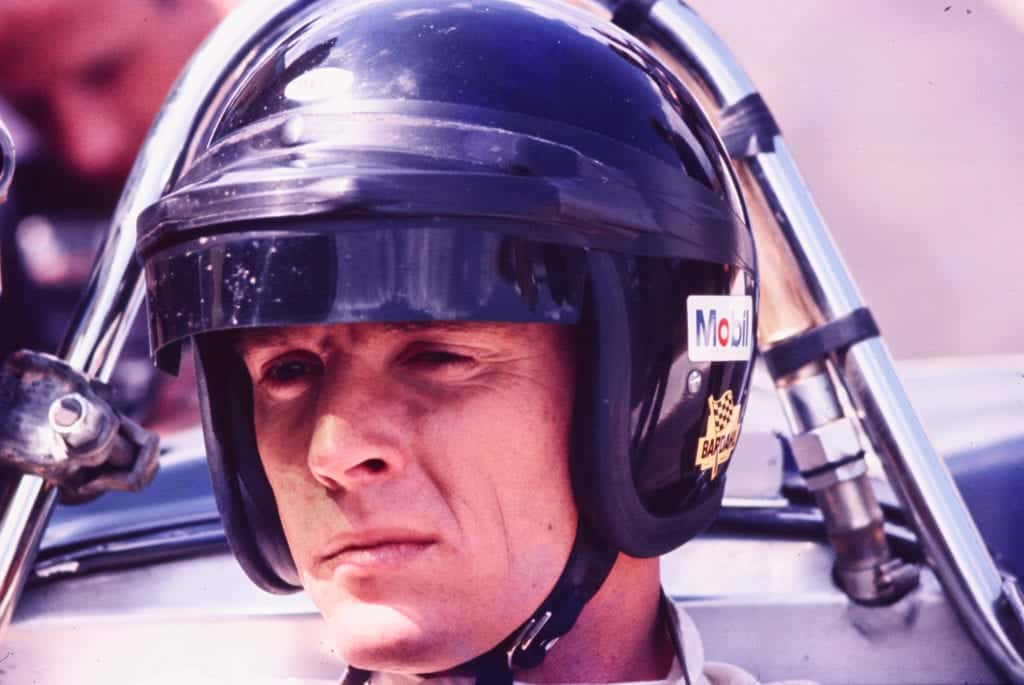
When Dan Gurney was growing up on the north shore of Long Island in the 1940’s, he became inflicted with what he would later call “the automotive virus” at an early age. As a consequence Gurney and his friends were regulars at Freeport Stadium’s quarter-mile oval.
All manner of automotive fauna performed there, but the headliners were the midgets, miniature versions of Indianapolis “roadsters.” And if you weren’t sideways through what was essentially one big left-hand turn, you were not competitive with Ted Tappet, Freeport’s unquestioned star.
Tappet was the racing name of Phil Walters, whom young Gurney idolized. Walters was a local car dealer whose talents were worthy of a bigger arena, which he found as the fastest driver on wealthy sportsman Briggs Cunningham’s 1950’s effort to have an American automobile win the 24 Hours of Le Mans.
Walters stopped driving after the 1955 race. Little more than a decade later, the kid who hung out at Freeport, now one of the world’s leading drivers in any type of car, teamed with four-time Indianapolis “500” winner A.J. Foyt to set a number of records in their 1967 triumph at Le Mans.
It was a long way from Freeport.
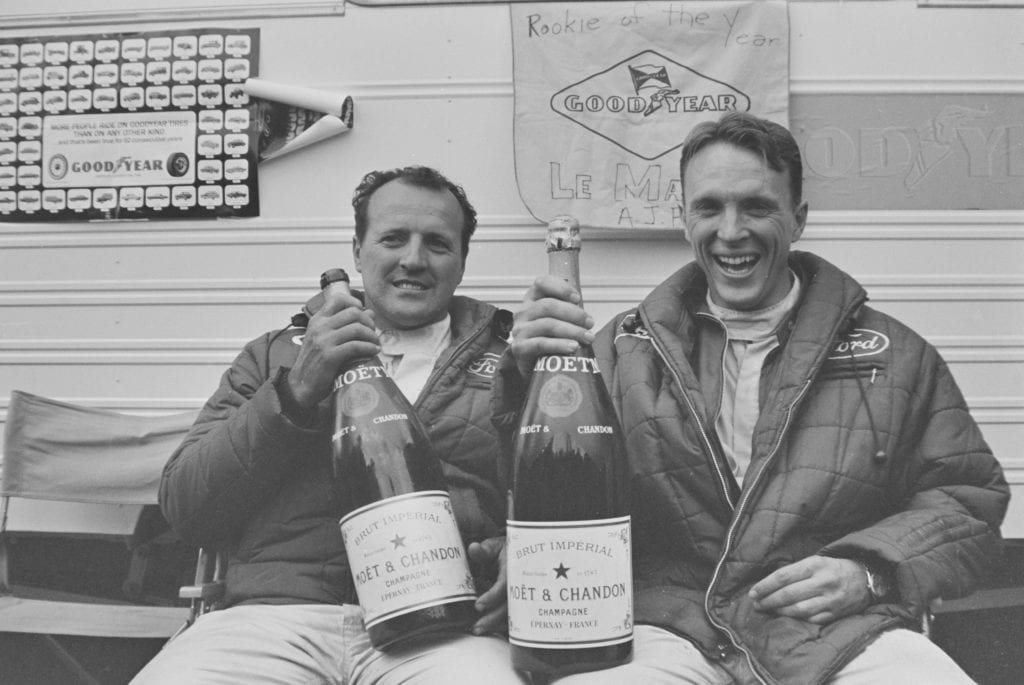
Gurney passed away Sunday at the age of 86, taking with him a record as a driver that put him among the world’s best. But his principal contribution to the sport was much more important than any races he won. Before this opera singer’s son (really!) arrived on the scene, the three basic varieties of American racing – road racing in sports cars, stock car racing and single-seat, open-wheel oval-track racing – were almost totally divorced from each other.
Gurney was the first driver to be successful in single-seaters on oval tracks, in stock cars on both road courses and ovals, and in European-type grand prix and sports car events. The example he set encouraged others to try the same thing, bringing the sport closer to the long-awaited “one world” concept.
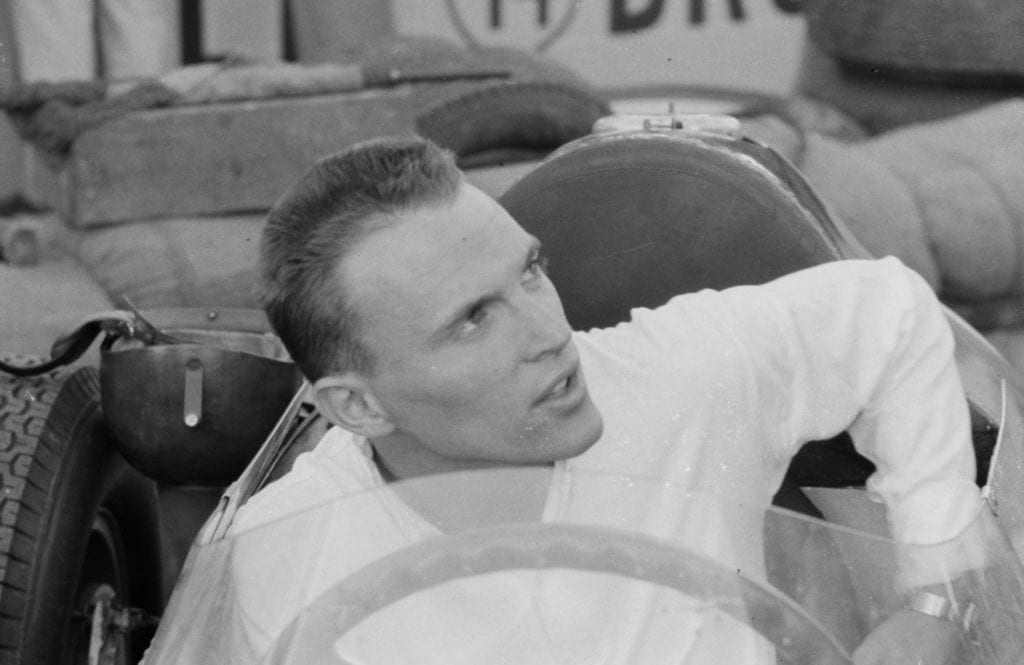
Gurney was responsible for the Ford Motor Company’s hiring of British racing car designer Colin Chapman to develop a Ford-powered mid-engine vehicle that would win the Indianapolis “500,” which it did in 1965 with Scottish World champion Jimmy Clark as the driver. Gurney’s method of enlisting Chapman was simple: he paid Chapman’s way to see the event in 1962, then put him in touch with Ford.
Gurney not only convinced Chapman and Ford. He brought about a renaissance in American oval-track racing, which had suffered from a lack of engineering development. Within the space of three years, the 33-car field at what was then America’s biggest race went from viewing mid-engine cars as a curiosity to one that included nothing else.
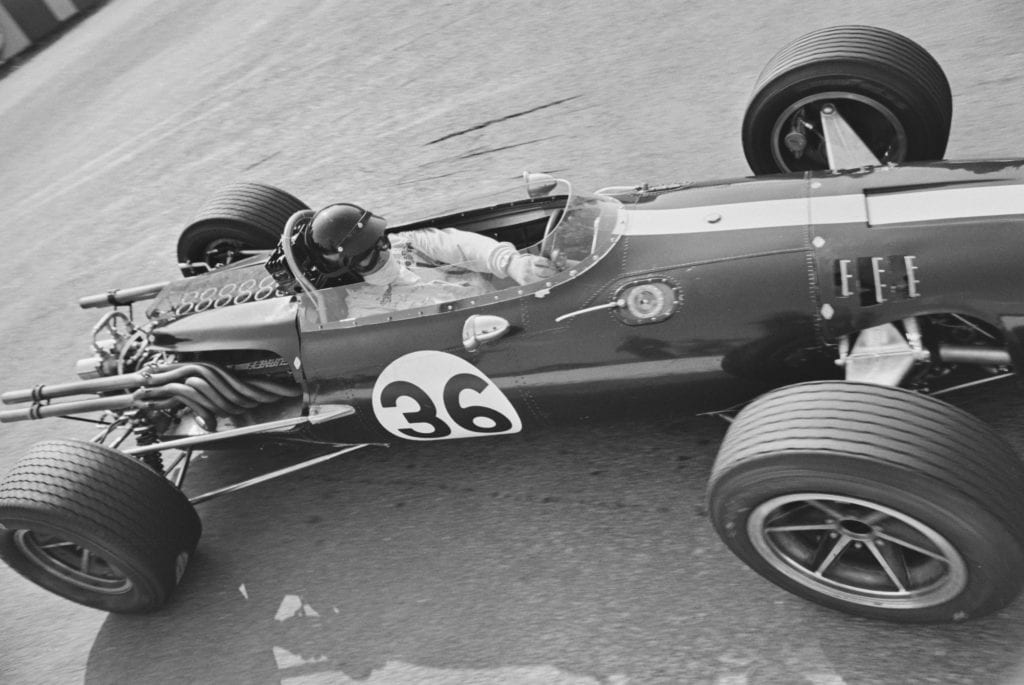
Gurney’s rise from amateur sports car driver in Southern California to international prominence was a rapid one, going from a Triumph TR2 to a Porsche to Corvette to a Ferrari and a ticket to Europe in the summer of 1958. I remember seeing Dan on his first visit to the classic Italian road circuit at Monza, outside Milan. He was new to Europe and Europe was new to him, but by the 1959 season he was performing on a world-class level.
Before he retired as an active driver after the 1970 season, he had participated in 312 events on every continent, winning 51, including four world drivers championship races. He won the French Grand prix twice, once with a Porsche and once in a Brabham and he won the 1967 Grand Prix of Belgium in an Eagle designed and built by his own company, All American Racers.
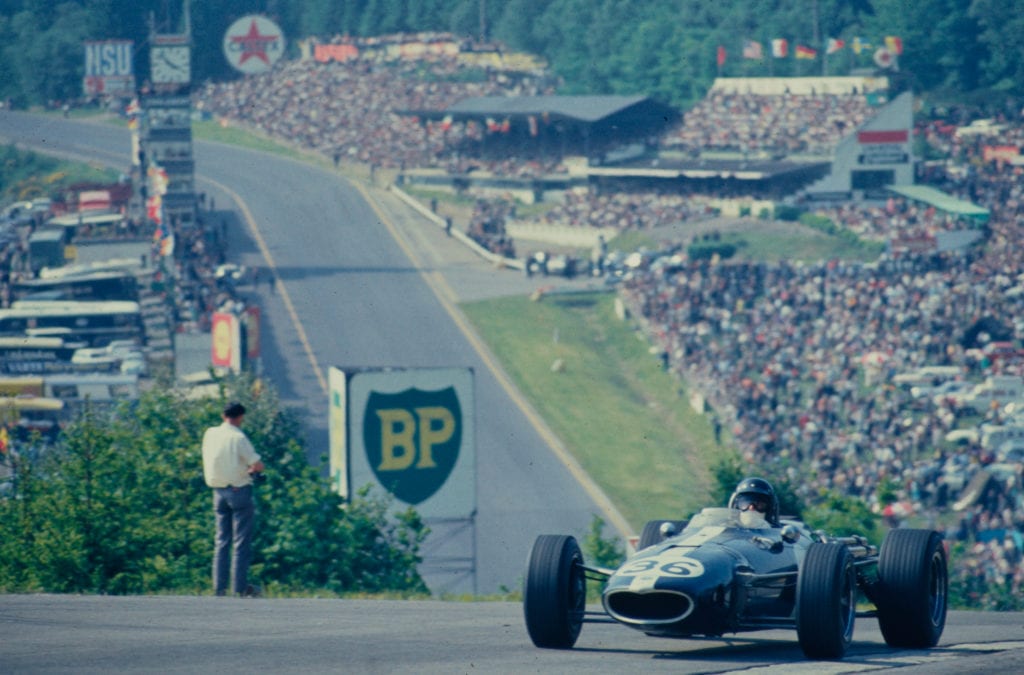
Gurney’s win in the Belgian event, coming the week after his Le Mans success, is the only world championship event ever won by an American car and an American driver. That car, as well as one of Gurney’s Eagles of Indianapolis design, now resides in the Collier Collection at Revs Institute in Naples, Fl.
They are two of 158 purpose-built machines constructed by Gurney’s All American Racers, located in Santa Ana, a few miles south of Los Angeles. AAR, as it is known, was founded with the help of Goodyear and Carroll Shelby’s organization, but has operated independently since the start in 1965. Justin Gurney, the Gurneys’ oldest son, is the CEO of the organization, which is involved in classified work for the U.S. Government in addition to its racing activities.
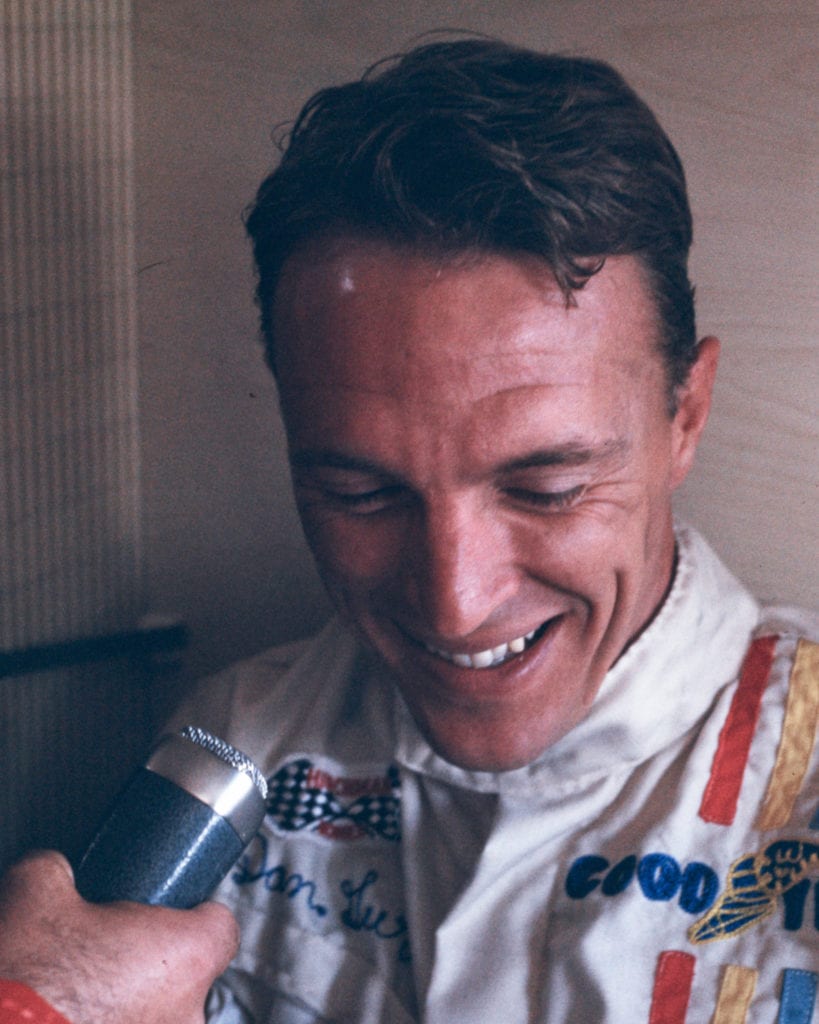
Gurney drove Formula One – world championship – events for the British BRM and Brabham teams, and also for Ferrari, in addition to the stints with Porsche and his own Eagle. His only serious accident occurred in the 1960 Dutch Grand Prix, when his BRM ran off the road into the sand dunes and killed a young boy who had found his way into a “no spectator” area.
“This is a cruel sport,” he said afterwards. His words were picked up and became the title of Robert Daley’s 1963 landmark book on grand prix racing.
——————————-
A noted automotive historian, Leo Levine began his racing career while working as a newspaperman in Europe in the 1950s, driving for Porsche, BMW and NSU in Europe and South America before confining his efforts to the typewriter at the end of 1960. Mr. Levine was the syndicated auto writer for The New York Herald Tribune, wrote the Ford Motor Company racing history Ford: The Dust and the Glory, and he has been a contributing editor for a number of magazines. He was the general manager of public relations for Mercedes-Benz of North America from 1969 to 1988, the period of that marque’s greatest growth on this continent.